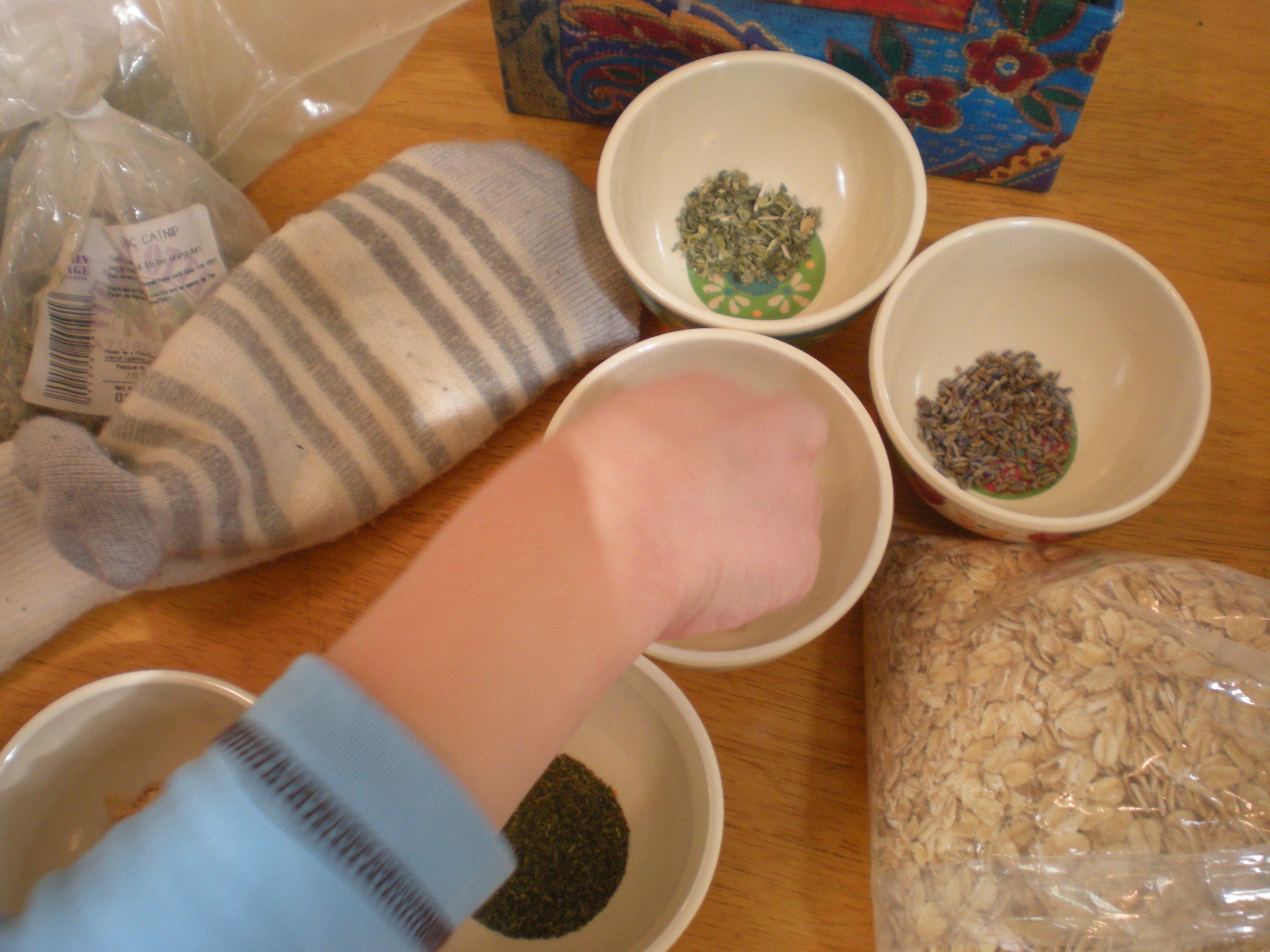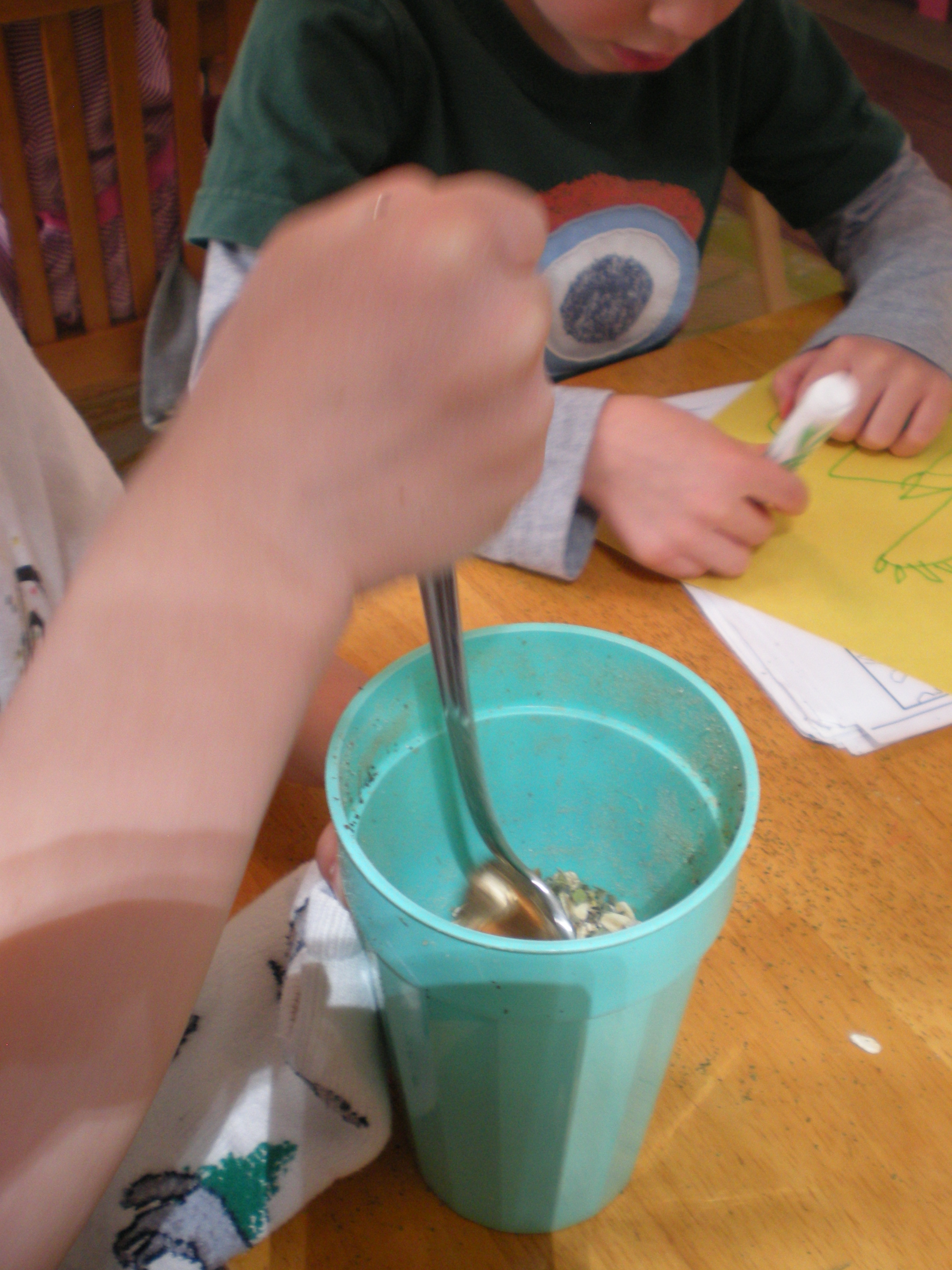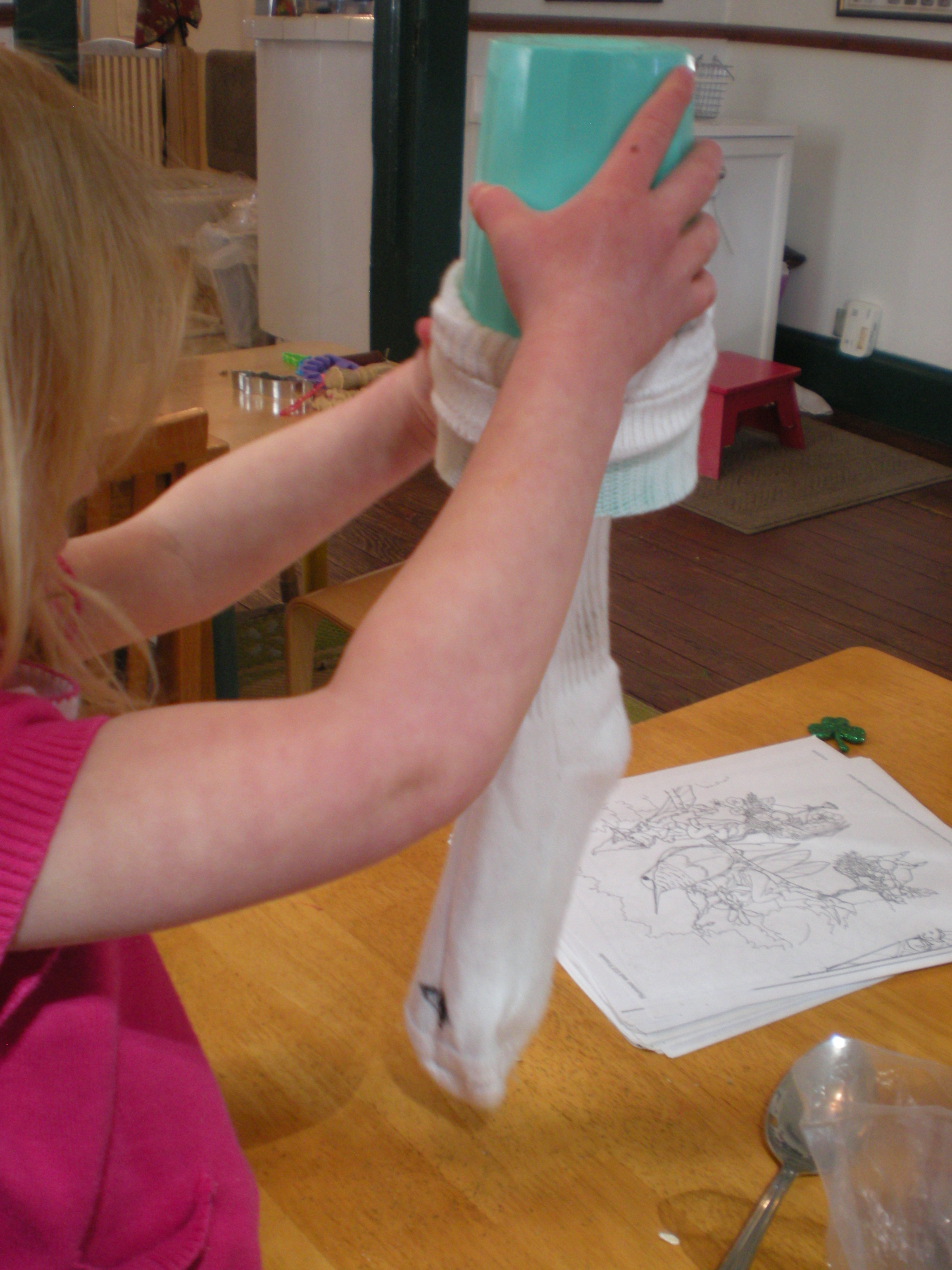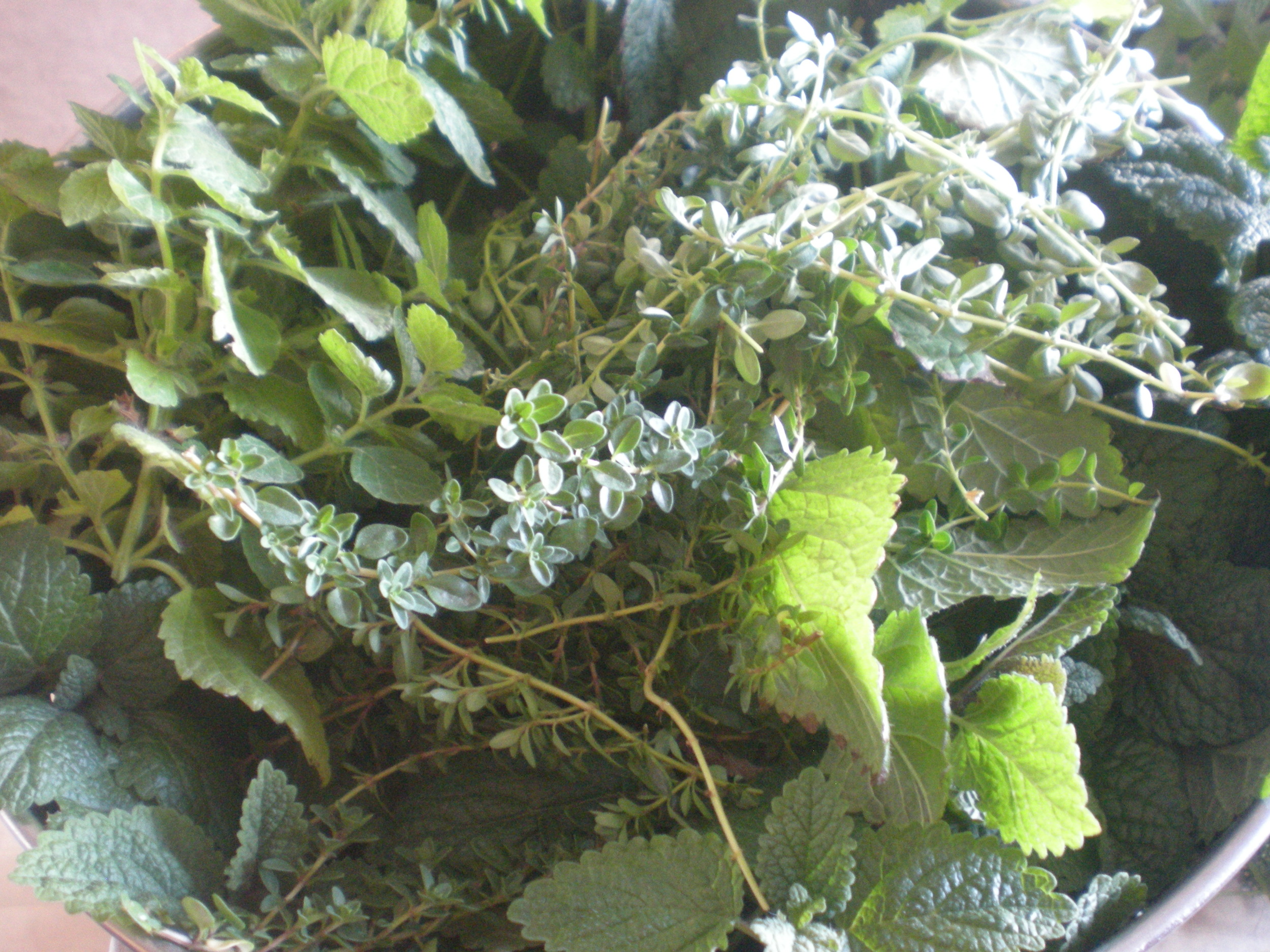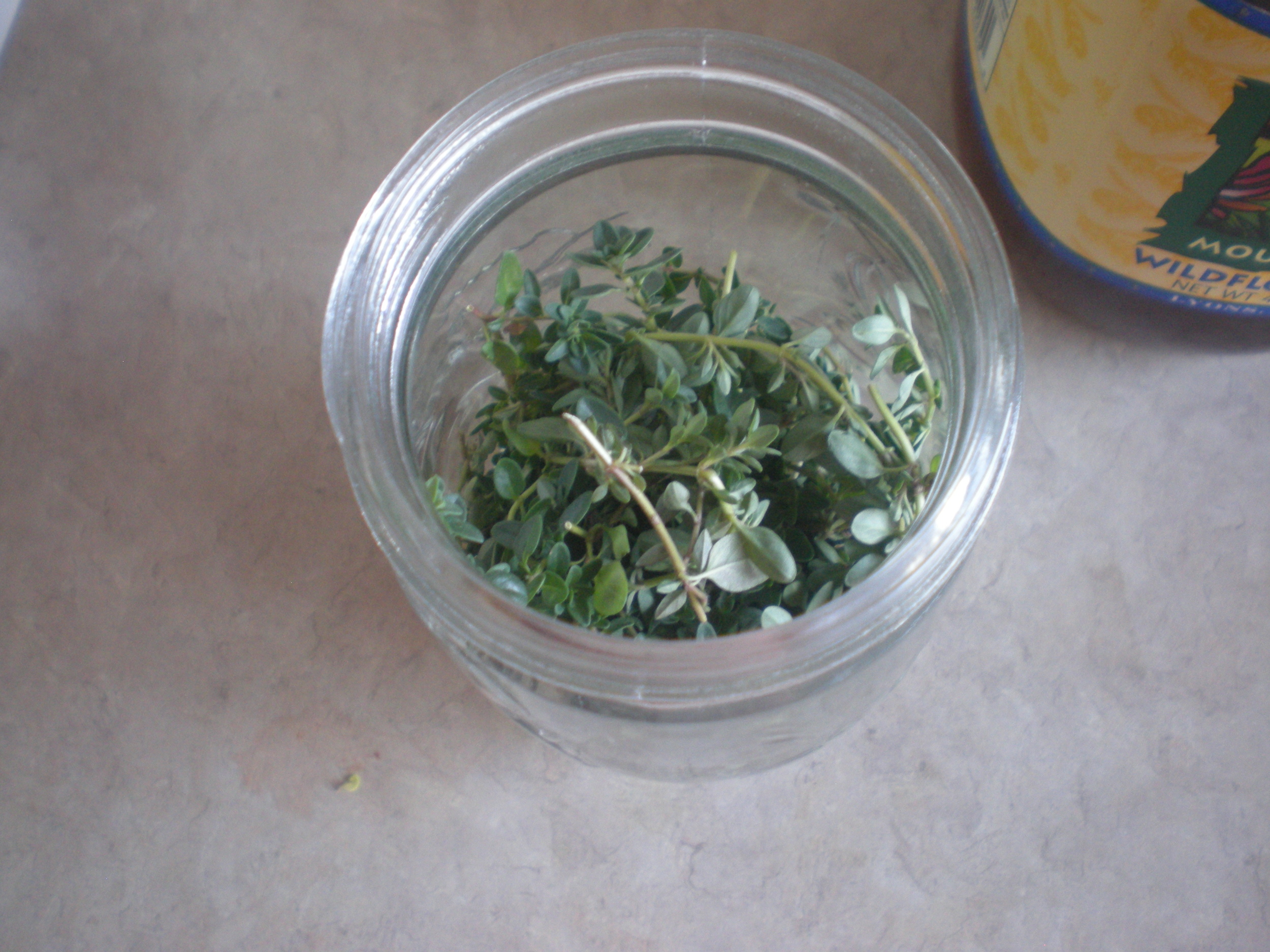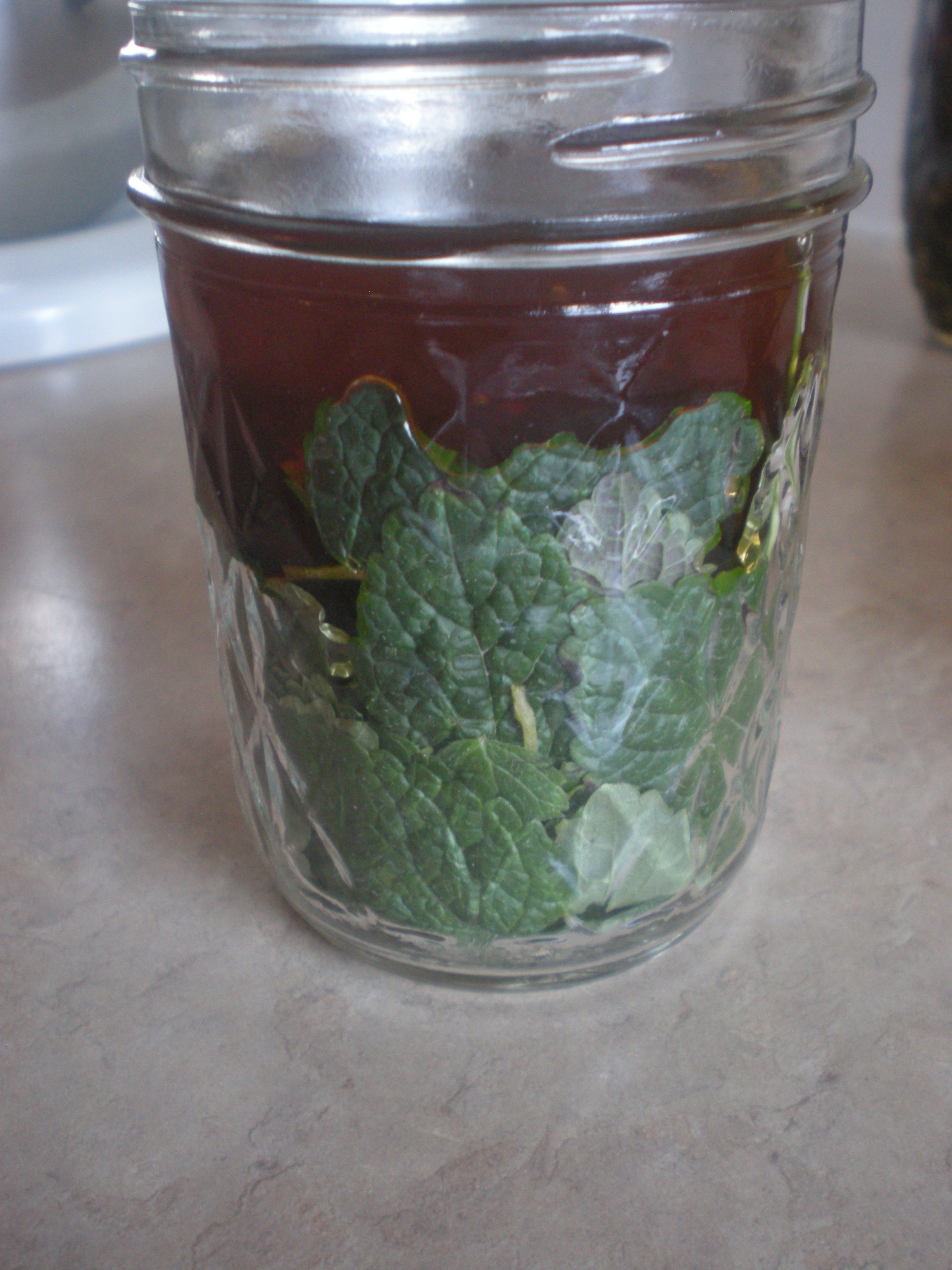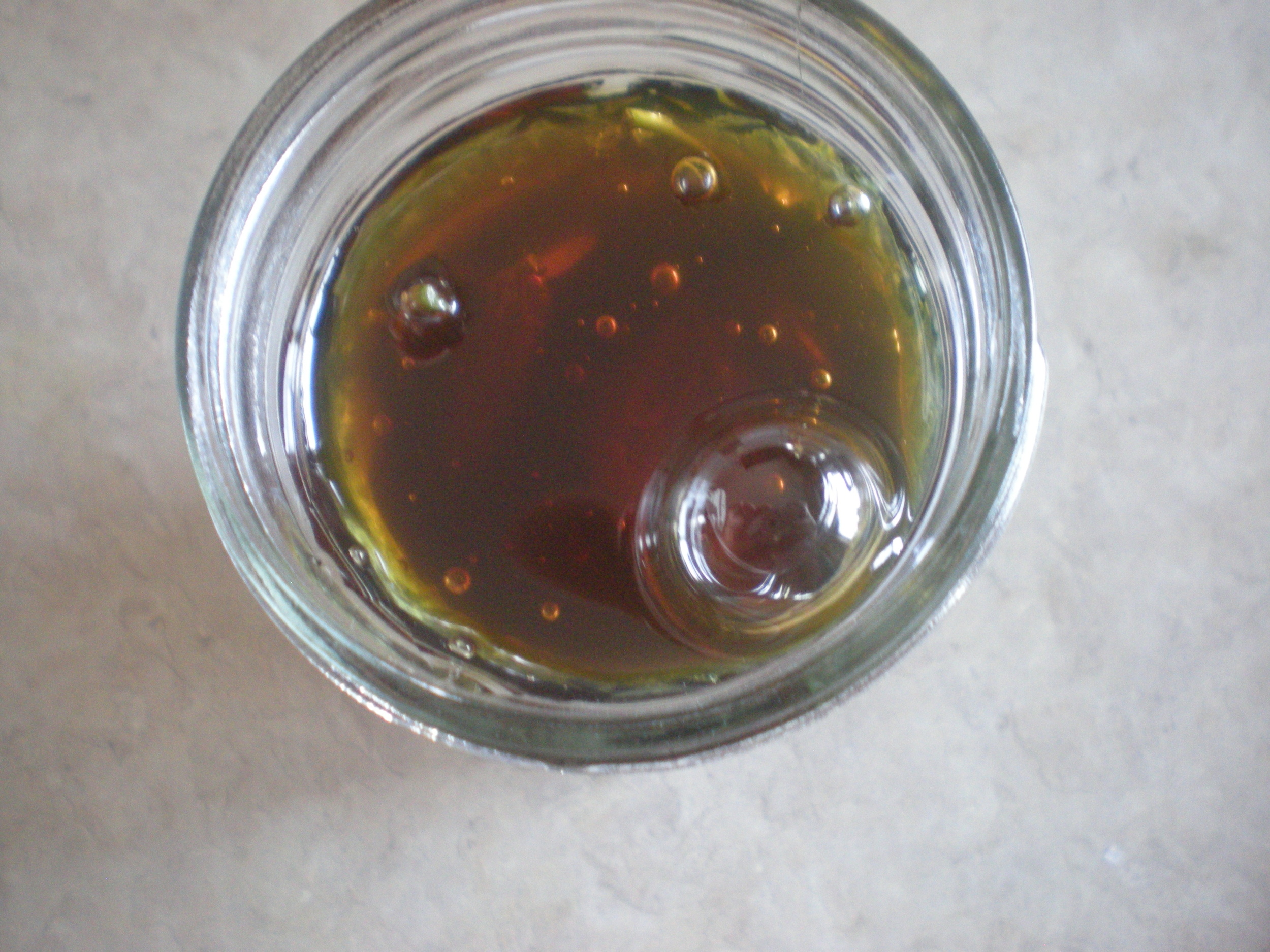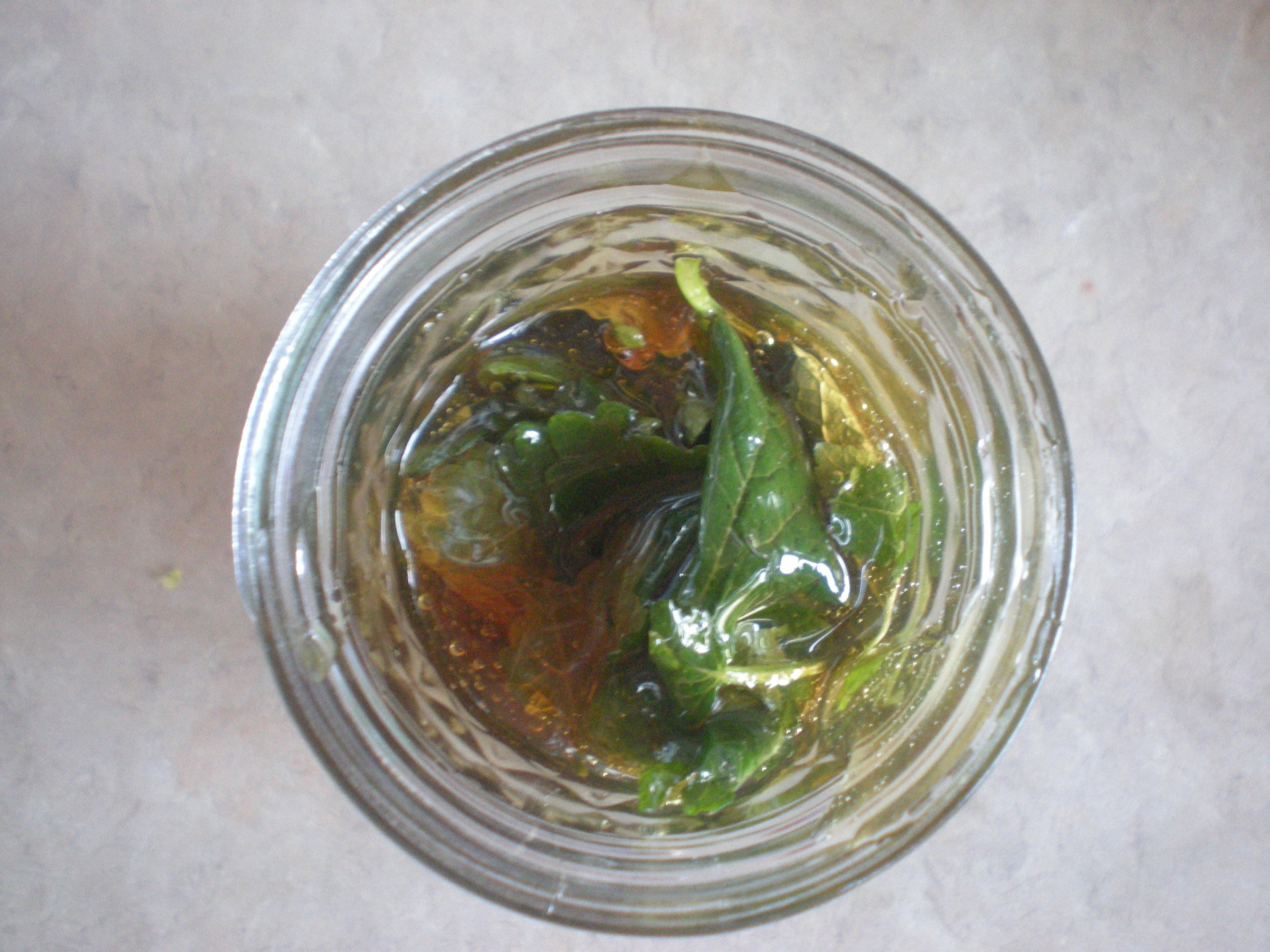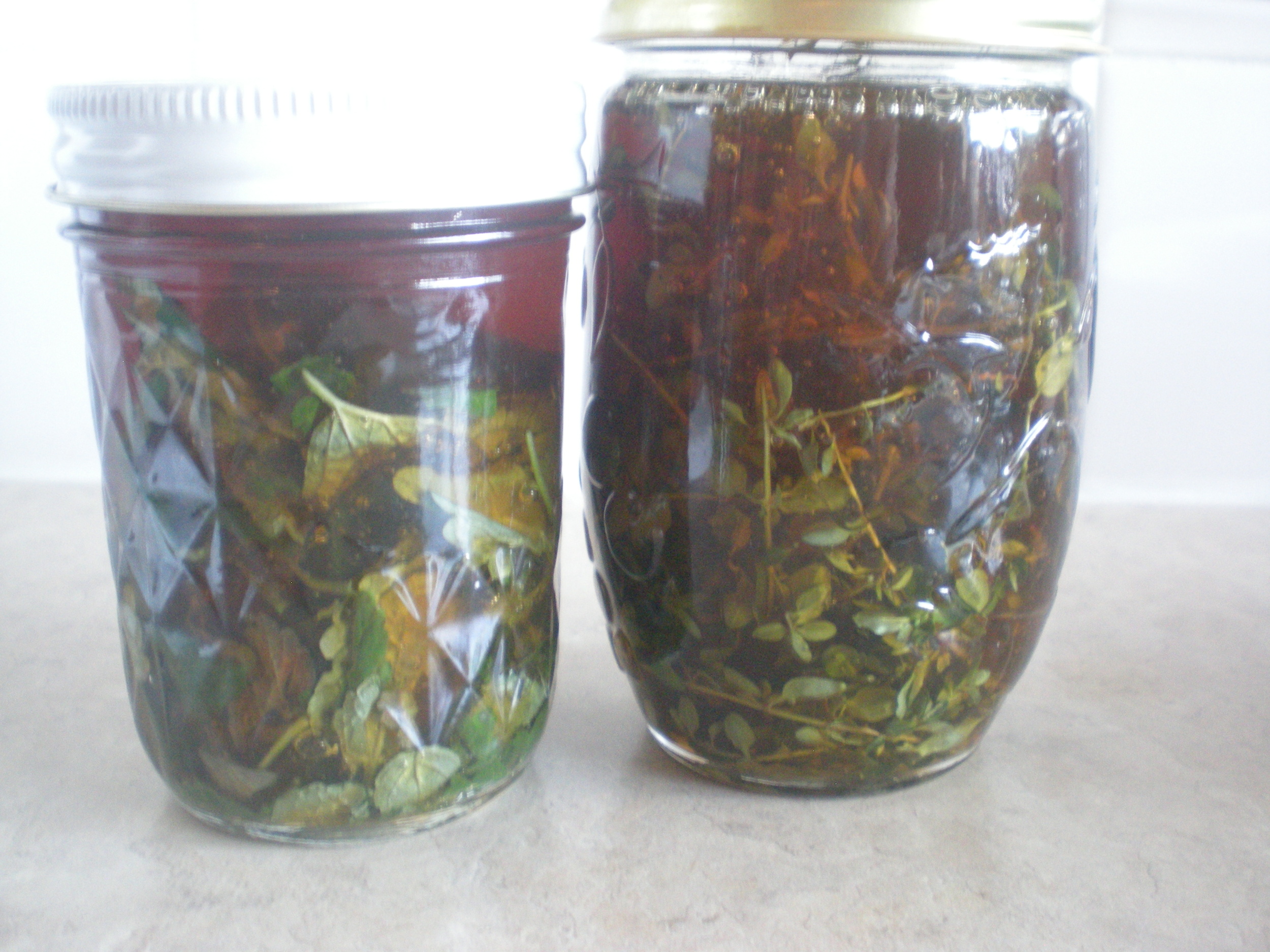Nourishing Mama Mission Four ~
Ever heard of herbal infusions? Like a tea but much better with a stronger nutritive and medicinal action herbal infusions are true nourishment in a cup. Plus they are easy to make and easy to drink. What could be better for a busy mama?
This is the fourth pursuit of the Nourishing Mama Mission and if done regularly over time it is very powerful indeed.
Herbal infusions are incredibly useful for providing the body with easy to assimilate nutrition. Infusions differ from tea because the plant material is steeped for a much longer period of time than a regular cup of tea. This allows for all the medicinal constituents including vitamins and minerals to be liberated from the herb. Regular drinking of infusions over time provides a strong base and deep nutrition for the body. You can drink 2 to 4 cups infusion every day or even just a couple of days a week as a way to support yourself.

~ Herbs To Use ~
When making and drinking infusions it is best to use gentle, nutritive and tonifying herbs which act mostly as food for the body. A great way to start working with herbal infusions to start by infusing and drinking one herb at a time. This gives you a chance to really get to know each herb. How does it feel in your body? What does it really taste like?
Good Herbs To Start With Are ~
Stinging Nettle ~ Urtica dioica
This is a highly nutritive plant that stimulates blood flow and is a body wide tonic with an affinity for the kidneys and adrenals. Nettle’s high vitamin, mineral and chlorophyll content feeds the endocrine glands, builds the blood, provides essential nutrients for a stressed out nervous system and nourishes the liver. It will strengthen and revitalizes weak kidneys thereby increasing energy. It’s high amounts of iron and calcium increase hemoglobin in the blood encouraging increased oxygen transport to tissues. It is high in vitamin K which facilities proper blood clotting. Nettle activates the metabolism, therefore assisting in the absorption of the very nutrients it provides! It is an astringent plant that tightens and firms tissues. This action arrests bleeding and discharge from tissues, increasing their health and strength.
Oatstraw ~ Avena sativa
Oat is a nutritive herb that soothes and protects the nervous system by providing essential vitamins and minerals. Oat creates a sense of well being, supporting the emotions and integrity of the individual. Indicated for nervous debility or exhaustion with depression; fatigue, even with a good sleep; dark circles under the eyes; heart palpitations when pushing too hard; and/or stimulant abuse. It is beneficial for those who have suffered sexual abuse and trauma, resulting in sexual debility. One quart of infusion drunk daily will provide powerful benefits.
Red Raspberry Leaves ~ Rubus spp. (idaeus, strigosus, parviflous)
The leaves of this plant make a delicious infusion, which is high in vitamins and minerals: especially calcium, iron, phosphorus, potassium and vitamins C, B and E. Raspberry leaf is an energetic tonic for the reproductive organs..
Red Clover Blossoms ~ Trifolium pratense
This beautiful and commonly occurring ‘weed’ is a phytosterol, alterative and nutritive. Red clover is a phytosterol with estrogenic activity. Because of this, it acts as a defense against xenoestrogens (detrimental estrogens that occur in the environment as a result of pollution) by competing for estrogen binding sites. In fact my teacher Feather Jones explained to us that red clover also aids in creating a more powerful estrogen cycle. Red clover is highly nutritive with good quality, easily absorbable vitamins and minerals, proteins, fatty acids and flavinoids. All of which nourish the whole body: particularly providing vitamins for the uterus; minerals for the glands, which act to equalize hormonal activity and relax the nervous system. It also contains coumarins that decrease blood viscosity, hence increasing blood flow throughout the body. Do not take red clover for the first trimester of pregnancy or exceed two quarts of infusion per week during the later part of pregnancy due to its phytoestrogenic properties. Also, when buying red clover look for purple flower tops with a minimal amount of leaves.
Alfalfa ~ Medicago satvia
This amazing plant has a tap root that reaches a full 100 feet down deep into the rich depths of Mother Earth bringing up mineral rich goodness right into it's leaves and stems. Infusion made with alfalfa gives all the wonderful nutrition brought up from way down deep into the cup. Known as "The Father Of All Foods," alfalfa is a highly nutritive herb bringing health the body by feeding it well.
Chamomile ~ Matricaria spp.
Chamomile is a soothing and relaxing herb that contains high amounts of vitamins and minerals such as calcium, magnesium, phosphorus, vitamin B-2, and flavinoids. It helps relieve anxiety and stress as well as pain and irritation in the gut, being particularly useful for flatulence and indigestion. Chamomile is also helpful for restlessness and insomnia. It steadies those suffering from nervous debility. Drinking chamomile infusion before nursing will impart these wonderful qualities to the breast milk and can help sooth an irritated child and alleviate some of the stress of colic. If you are making an infusion of chamomile, only steep for 3 to 8 minutes as it will become very bitter. Don't worry, this one is still very effective with the short brewing time. People who are sensitive to ragweed maybe be allergic to chamomile.

~ Making Your Infusion Brew ~
Place 1 large handful of dried herb in a canning jar (using up to 1 ounce of herb per quart of liquid, experiment with your tastes). Cover with hot or cold water, place a cap on top and let steep for at least 4 hours and then strain. You can dilute your infusion with water or juice, or add honey to taste. I usually make my infusions before going to bed and then strain the infusion the next morning into a bottle I can carry around with me during the day. Please be sure to use appropriate containers such as canning jars as they will not break when exposed to the high heat of boiling water. You can make extra quantities ahead of time and store them in the refrigerator for 1 to 2 days. If your infusion takes on an unusual smell or begins to bubble it has gone bad. Unused leftovers can be given to plants as a superb growth tonic, and the spent herbal matter makes excellent compost.

~ Infusion Blends ~
Once you get the hang of making and drinking infusions you may decide to try blending your favorites together to create fun tasty combinations.
Here are some of my favorite blends:
- Oatstraw & Lemon Balm ~ Simply add a small handful each of oatstraw and lemon balm in a jar. Cover with water, steep for at least four hours and strain. This is my favorite infusion right now!
- Raspberry, Nettle & Spearmint~ Put a small handful each of raspberry leaf and nettle leaf in a jar and a few pinches of spearmint leaf. Cover with water, steep for at least four hours and strain. Play with the quantities of herbs to adjust to your taste.
- Raspberry, Oatstraw & Chamomile ~ Put a small handful each of raspberry leaf and oatstraw in a jar, fill halfway with water and let steep for at least four hours. About 15 minutes before you are ready to strain the infusion add a small handful of chamomile flowers and fill the jar to the top with hot water. Let steep for up to 15 minutes and strain. Add honey if this brew is to bitter.
Look for more tasty infusion recipes in the coming days and weeks.
Blessings and Love!
More Nourishing Mama Mission...
Mama On A Mission ~ Introduction
Nourishing Mama Mission One ~ Cultivating Sacred Space
Nourishing Mama Mission Two ~ Attitude of Gratitude ~ The Start of the Day
Nourishing Mama Mission Three ~ The Art of Bathing
For more information on using herbs safely check out my guest post on




